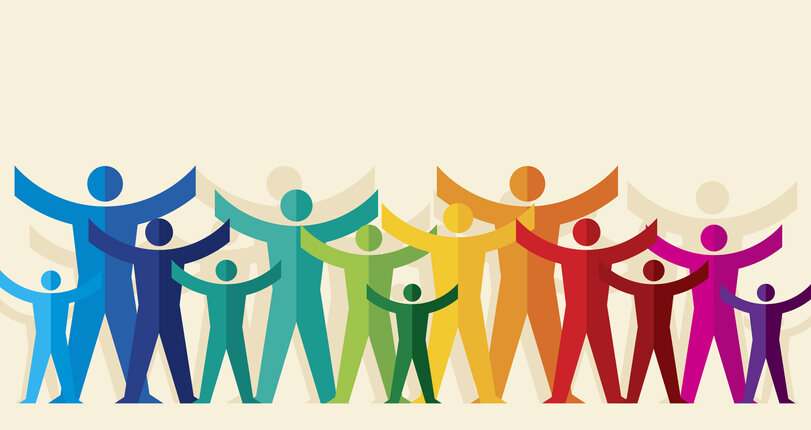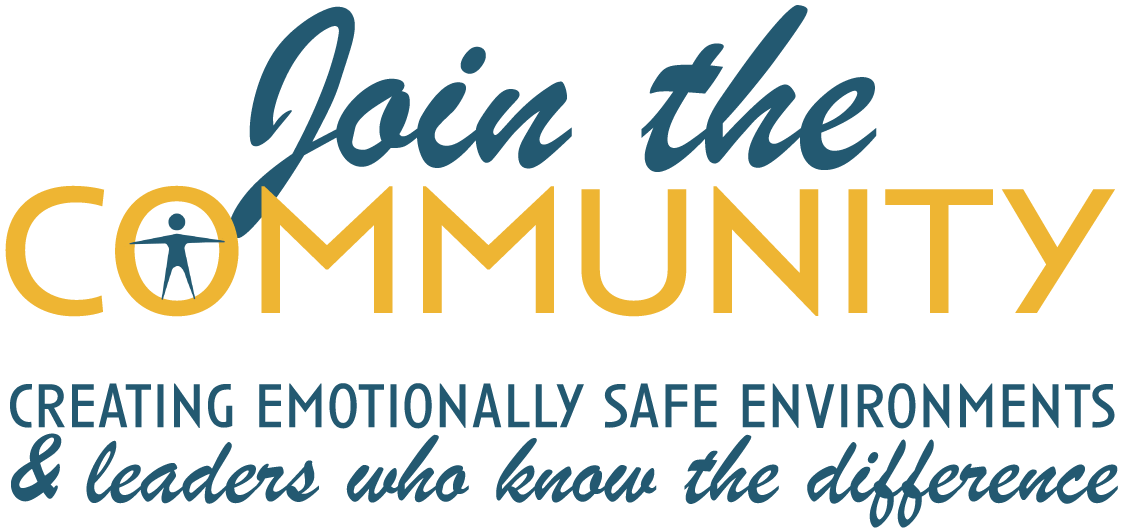
What is Social and Emotional Learning - SEL?
What is SEL?
By definition Social and Emotional Learning is the process through which students and adults learn skills necessary to understand and manage emotions, work towards a positive mind set, feel and show empathy for those around them and make responsible decisions. SEL is an integral part of education and human development.
SEL is a comprehensive approach to building stronger, healthier and more inclusive setting for education. Teachers, administrators and parents have the tough task of preparing students for “job market” of tomorrow. They need math, science, writing abilities and other skills if they are to effectively secure a place in the college of their dreams and in the field of their choice.
However, we all know that careers will constitute only a portion of the students’ life. The rest will be made up of relationships of many kinds. They will be partners, friends and members of many communities. This is where teaching Social and Emotional Skills is necessary.
As a society we are constantly seeking to improve upon the methods we use to teach and develop traditional school subjects. We need to put the same efforts into building a Social and Emotional curriculum. Research shows that when Social and Emotional Intelligence is taught, modeled and practiced it will lead to positive student outcomes that are important for success in school and in life. Social and Emotional Learning that can be viewed through a variety of lenses. SEL starts with building community within not only the classroom but the school.

Building Community in schools starts with Healthy Relationships. We expect students to treat each other with respect, but do students really know the steps to take? Do they truly understand the implications of their behavior? Are they being taught how to Be Inclusive? Social and emotional lesson plans are the key to teaching a student how to take every opportunity to consciously include all members of a group. SEL focuses on teaching Leadership Skills in schools based on Self Awareness.
We hope that teens develop strong self-esteem, but do we give them the tools? How do you teach students to be Empathetic? To understand the feelings, needs and perspectives of others? Our Social and Emotional Curriculums has lesson plans that help teachers ask the questions that create Emotional Safety in the classroom and in the school.
We know that Social and Emotional Learning empowers students with abilities that directly impact not only their academic lives, but their success and happiness as adults. Figuring out how and when to teach and access SEL skills, however, can be daunting to the most seasoned educator. How do we give them a venue to express their views on the issues that affect their lives every day?
Some schools use Social and Emotional Learning curriculums in their Advisory. Advisory programs are usually found in Middle and Upper Schools. They are designed to create a strong support system that students need to develop academically, socially and emotionally. As we all know middle school is a time of transition. Transitioning between schools, transitioning between social circles, transitioning physically and socially from children into teenagers. And like a lot of transitions, things can get a little challenging from time to time, especially when children are left to navigate the many complexities of middle school on their own.
Educators have the tough job of creating a safe environment that allows students to engage in open discussions. SEL can provide PDF’s lesson plans and activities that can be used as guidelines and a structure that facilitates discussions that are productive and uphold emotional safety. These lesson plans can fit into any class, doesn’t need to be an Advisory. Community Core focuses on three basic SEL guidelines that not only build community but create a space where students feel safe opening up.
Value All Feelings
· Recognize that each person has a right to their emotions. Peers and teachers learn to listen without judgement and do what they can to create positive feelings whenever possible.
Support Others
Openly and purposefully support the positive efforts of other members in the group. To support others might mean, for example, helping a member build on strengths, realize a vision, take a risk, or overcome obstacles.
Value Identity
· Recognize and embrace the multiple qualities, beliefs, oppressions and privileges that make us who we are. Accept and celebrate each other’s shared and unique identities.
In the academic world, teachers explain and teach a subject then give homework. Homework is in a sense a time to build upon or practice the subject that was taught throughout the day. Practice math problems write a comprehensive essay or go over a science lab project. Where and how can students practice the Social and Emotional tools they learned in Advisory? It’s one thing for students to participate in structured settings but do they feel confident enough to use the SEL skills outside the classroom?
We call this the “Gray Area”. It is an area of space and time where people come together, without specific structure, to engage in community activities and interactions. The most important and productive interpersonal interactions often take place within the Gray Area, rather than in a structured environment. Therefore, it is a place where the strength and productivity of a community depends entirely on the social and emotional literacy, as well as aptitude of its leaders and citizens. Just like a math or Physics class our SEL curriculum has an equation for this.
Though less apparent in the constraints of a traditional classroom, the “Gray Area” is present daily. The hallways, lunch room or just hanging out before or after school. Those periods of time we might otherwise consider “off” time or downtime, where no “subject” is explicitly taught. Instead of looking at these periods as “off”, mentors can use this time to observe, recognize and incorporate positive dialogue within their community. The “Gray Area” is a SEL lab for students and mentors. Community Core SEL curriculums help Educators recognize “Gray Area” opportunities. Help us to catalogue all kinds of new chances to build up our communities, inspire volunteerism, and teach leadership to our students and peers.
What goes on in the “Gray Area”, in the space between classes can have a huge impact on Peer Relations within the classroom. Teachers need to be well versed in Social and Emotional Literacy in order to create an emotionally safe environment. It’s important to Assume Goodwill. Choose to believe that people have good intentions, they want to be fair and kind. SEL gives students tools to avoid falling into fear and judgement traps without considering another’s perspective. Seek to Understand, communicate honestly with each other.
Social and Emotional Learning gives teachers tools to commend students when they see the positive in their students’ actions.
Educators need SEL tools to create a safe environment in their classroom. What does this sound or look like?
Two girls are paired together in Science class who are not close friends and just had an argument in between classes. Before beginning the task assigned one girl ask the other how she would like to start.
Teacher acknowledges: “wow, Jasmine and Amanda, I am so impressed by the way you started you work today. Jasmine, I know you and Amanda don’t usually work together, so I think it showed maturity when you began by asking her how she’d like to start the work. You thought about her feelings and her comfort level before your own. Excellent example of Empathy. We will be talking more about that in Advisory Friday”.

SEL can be built into any existing school curriculum. Community Core has over 100 lesson plans filled with tools to build social and emotional safety within the classroom. Schools shouldn’t be a struggle! With the right support, middle and high school can become a time of self-discovery and personal growth that lays the foundation for success, both now and beyond.
It’s time to build a strong partnership with organizations or people who do work that complements your goals. We believe that Join The Community is the organization for you!
Let’s collaborate and build an emotionally safe community!
Join the Community is a stellar organization totally committed to supporting social emotional growth, particularly in students and teachers.
— Sarah Herman Head of Our Sisters’School







